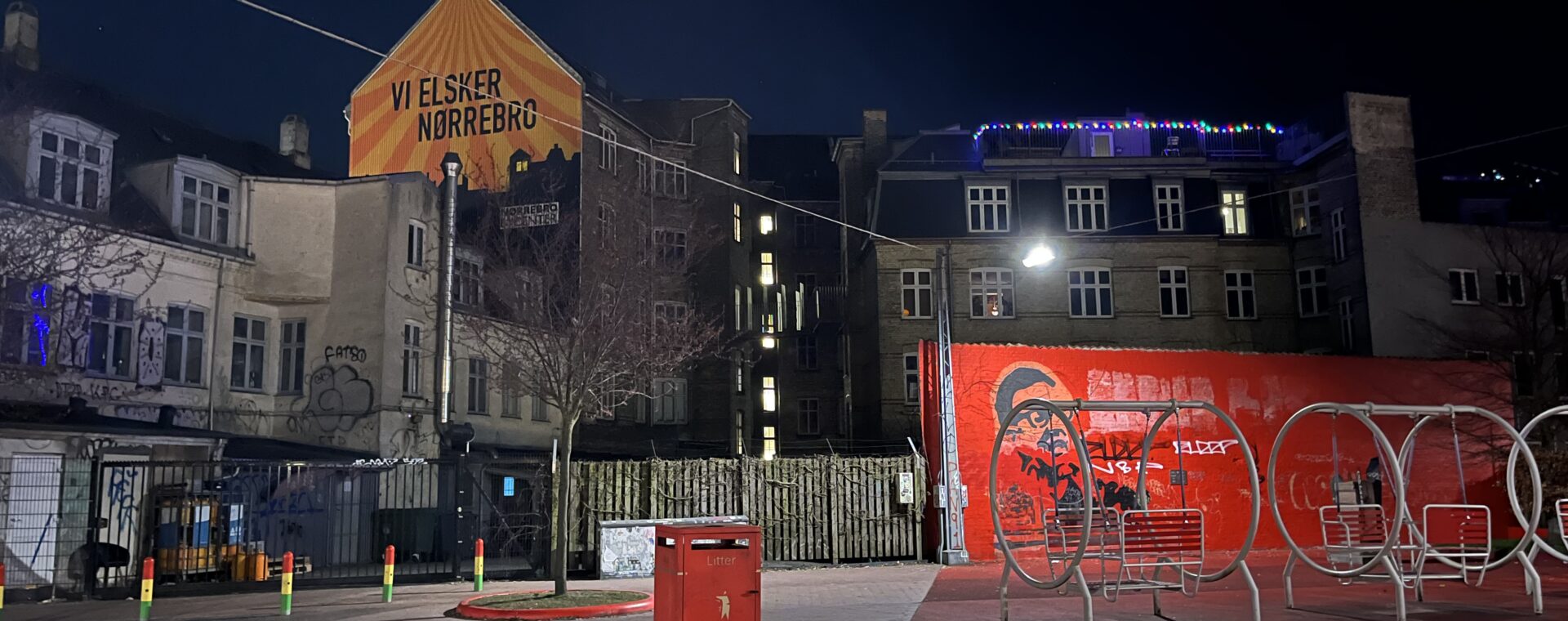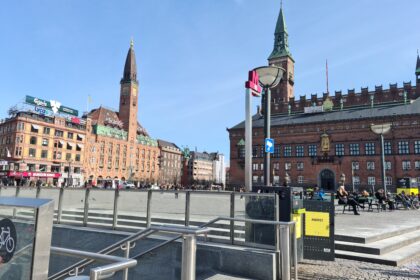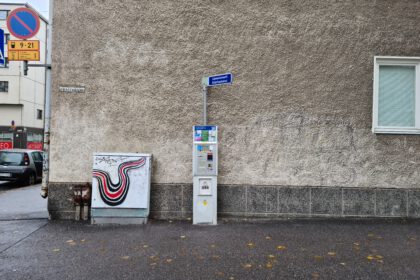Keywords: Sense of belonging, sense of place
In this resource, you will find the story “Snoopy and the Negotiation of Home” and one related theme with questions, exercises and related materials:
You can jump to the theme by clicking the title of the theme you wish to work with.
Read or listen to the case before continuing with the themes:

music by Coma-Media and Slicebeats from Pixabay
THEME 1: Sense of place, and its implications for social work practice
Places in the city matter to people and to social work. Both the places that service users feel connected to, or identify, as special to them, but also places of relevance to their recovery, for example, places they go to in need for help from different service providers.
Applying the analytical concept of place allows us to understand how and why places matter to people, and what difference it can make to social work in the city to have knowledge about the meaning of place on both a structural and individual level.
Place is, as formulated by Tim Cresswell, a British human geographer, a word wrapped in common sense and:
“As we already think we know what it means, it is hard to get beyond that common-sense level in order to understand it in a more developed way.“
(Cresswell, 2015, p. 6)
In that sense it is, as he puts it, “both simple and complicated” (ibid). A place is physical, but it also encompasses a lot of meaning, activity, negotiation etc. Therefore, it is helpful to break place down into smaller pieces to fully understand the concept. Cresswell draws on the political geographer John Agnew (1987) when outlining three fundamental aspects of place as a meaningful location (Cresswell, 2014; 2015):

Location
Location refers to the objective position with fixed coordinates, measured in longitude and latitude. It also allows us to situate places in relation to others via distances and directions. It answers the question Where?

Locale
Locale refers to the material setting of social relations. It refers both to the physical landscape of a place, e.g., buildings, roads, parks, the design of the physical dimension etc., and to the particular practices that distinguishes the place from others. It answers the question What?

Sense of place
Sense of place refers to the human relationships to the place. It refers to the subjective and emotional attachment people have to a place. This can either be individually or collectively. This dimension focusses on our subjective and lived formation of meaning and significance. Thus, it answers the questions of How? Why? And with what consequences? This dimension is therefore also one that can only be researched empirically. Translated into social work it means that a social worker must experience and gain knowledge about this dimension through the perspective of the service users.
In this theme you will also work with the expression ‘sense of belonging.’ In this context, sense of belonging is defined in close relation to the three dimensions of place, and can be understood as a specific manifestation of sense of place. Sense of place can differ and have as many expressions as there are human interpretations of a place. Sense of belonging thus refers to a subjective experience of a place being imbued with a meaning tying you emotionally to that place—it gives you the sense that you can be confident that you will fit in and be safe in your identity: a feeling of being at home in a place (do note that this concept is not to be confused with the term belongingness used by Maslow (1943) which refers not so much to the place-dimension as to the identification to a group, i.e., an entity larger than yourself).
Using the three dimensions of the concept place can bring new understandings and practices to social work in the city. When referring people to services, or when trying to understand their motivations and habits, routes and priorities, it helps to know that all these different dimensions are connected. They are connected, not just through other people, but also through the meaning they give to the world; to what constitutes safety, home, dignity, leisure, work, anxiety, happiness etc. to individuals.
(See also the theme Place and Placemaking)
Working with this theme can enable students to become more sensitive to the role of place in social work on both individual, group, and community level. Focus is on the ways in which the theoretical perspective on place can enhance, and nuance, our understanding of service users’ contexts and perspectives, and thereby qualify communication, assessment and interventions.

Based on the Snoopy story, make a visualization of how the three dimensions are visible:
- Location: Where is Snoopy now and where does he long to be (Locations)?
- What materials and practices define the place he is in now (where he sleeps) and the place he longs to be (Locale)?
- Why, according to Snoopy, does he feel differently about the places mentioned in the story and what seems to be important to Snoopy in order to belong (sense of place)?
- What meaning does Snoopy’s’ sense of belonging have when seen in the context of the municipal service offers, and which consequences emerge for his case?

Conclude your visualization with a reflection on the offers of help Snoopy is given in the story:
- Using the concept of place, how can these suggestions be understood?
- What possibilities of actions does your knowledge about Snoopy’s sense of place give you as a social worker—especially knowing that you cannot necessarily offer him a home in the area he wants?
- Considering all three dimensions of place, think of situations or dimensions of social work practice that would be qualified by applying the concept of place (e.g., where/how you meet a service user, assessments of needs and resources, organizational practices etc.). Write down your answers and arguments.
References
Cresswell, T. (2015). Place – An introduction. (2nd edition). UK: Wiley Blackwell.
Cresswell, T. (2014). Place. In: Lee, R. et.al. (eds.). The SAGE Handbook of Human Geography. London: SAGE
Maslow, A. H. (1943). A Theory of Human Motivation. Originally Published in Psychological Review, 50, 370-396. Retrieved on 13th September 2022 from http://psychclassics.yorku.ca/Maslow/motivation.htm
Rauhala, LA., Hoevids, D. J., Lehto-Lunden, T. & Freimann Jensen, N. (2022). Urban SOS framework for value-based social work in an urban environment. Urban SOS.




